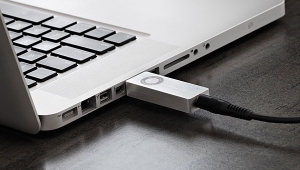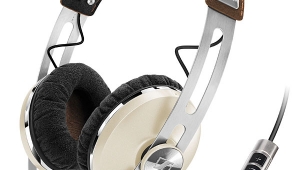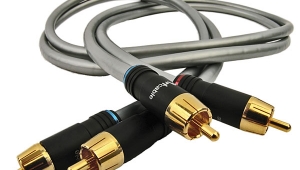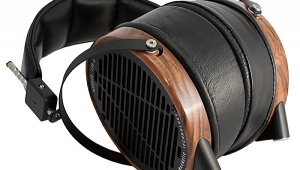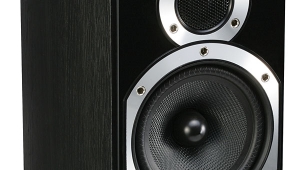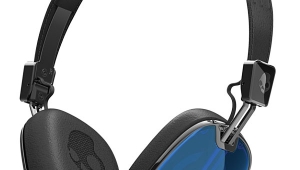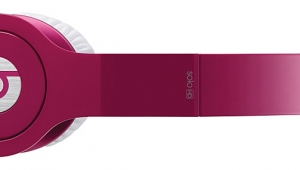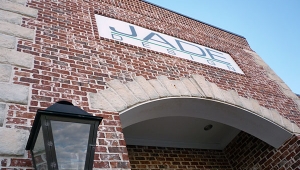| Columns Retired Columns & Blogs |
It'll make her very happy, because she can AirPlay over to it from her iPhone ... and it'll sound better than BT and connect to anything that has an analog input, or TOSlink input via one of those minijack adapters like the D3020 has.











